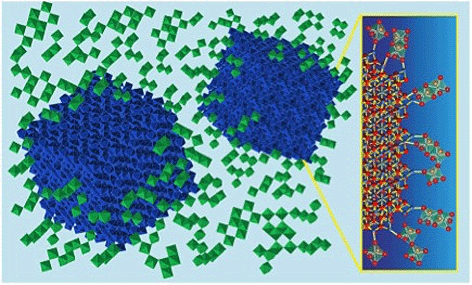The material is a thin coating of nanocrystals which, unlike existing technologies, provides selective control over visible light and near-infrared (NIR) light, so windows can maximise energy savings and occupant comfort in a wide range of climates.
‘In the US, we spend about a quarter of our total energy on lighting, heating and cooling our buildings,’ said Delia Milliron, a chemist at Berkeley Lab’s Molecular Foundry who led this research. ‘When used as a window coating, our new material can have a major impact on building energy efficiency.’
Milliron is corresponding author on a paper describing the results the journal Nature. The paper is titled, ‘Tunable near-infrared and visible light transmittance in nanocrystal-in-glass composites,’ co-authored by Anna Llordés, Guillermo Garcia, and Jaume Gazquez.
According to Berkeley Lab, Milliron’s research group has worked previously on smart-window technology that blocks NIR without blocking visible light. The technology hinges on an electrochromic effect, where a small jolt of electricity switches the material between NIR-transmitting and NIR-blocking states.
This new work is claimed to take their approach to the next level by providing independent control over visible and NIR light. The innovation was recently recognised with a 2013 R&D 100 Award and the researchers are in the early stages of commercializing their technology.

Independent control over NIR light means that occupants can have natural lighting indoors without unwanted thermal gain, reducing the need for both air-conditioning and artificial lighting. The same window can also be switched to a dark mode, blocking both light and heat, or to a bright, fully transparent mode.
‘We’re very excited about the combination of unique optical function with the low-cost and environmentally friendly processing technique,’ said Llordés, a project scientist working with Milliron. ‘That’s what turns this ‘universal smart window’ concept into a promising competitive technology.’
At the heart of their technology is an electrochromic material, made from nanocrystals of indium tin oxide embedded in a glassy matrix of niobium oxide.
The resulting composite material combines two distinct functionalities—one providing control over visible light and the other, control over NIR.
The researchers found a synergistic interaction in the tiny region where glassy matrix meets nanocrystal that increases the potency of the electrochromic effect, which means they can use thinner coatings without compromising performance.
The key is that the way atoms connect across the nanocrystal-glass interface causes a structural rearrangement in the glass matrix. The interaction opens up space inside the glass, allowing charge to move in and out more readily. Beyond electrochromic windows, this discovery suggests new opportunities for battery materials where transport of ions through electrodes can be a challenge.
‘From a materials-design perspective, we’ve shown that you can combine very dissimilar materials to create new properties that are not accessible in a homogeneous single phase material, either amorphous or crystalline, by taking nanocrystals and putting them in glass,’ Milliron said in a statement.





Nanogenerator consumes CO2 to generate electricity
Whoopee, they've solved how to keep a light on but not a lot else.